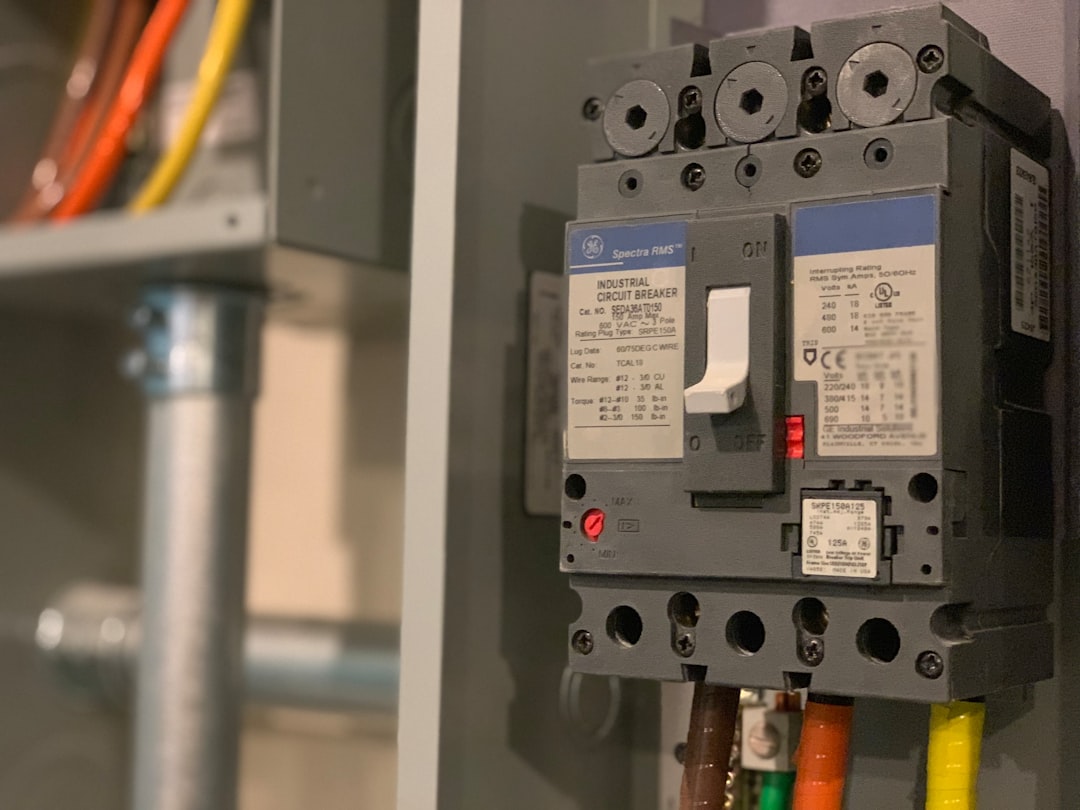In today’s competitive landscape, operational efficiency isn’t just a desirable trait – it’s a necessity for survival. Businesses that can streamline their processes, optimize resource allocation, and minimize waste are better positioned for growth and profitability. This comprehensive guide explores key strategies to help you unlock peak performance and achieve radical operational efficiency.
1. Streamlining Processes: Identifying and Eliminating Bottlenecks
The foundation of operational efficiency lies in understanding your existing processes. Start by mapping out each step involved in your key operations. This visual representation will help identify bottlenecks – points in the process where work slows down or gets stuck. These bottlenecks often stem from inefficient workflows, outdated technology, or a lack of clear communication. Once identified, you can implement solutions like:
- Process re-engineering: Fundamentally redesigning a process to improve efficiency and effectiveness.
- Workflow automation: Automating repetitive tasks to free up employee time for more strategic work.
- Improved communication channels: Implementing clear communication protocols to ensure everyone is on the same page.
- Employee training and empowerment: Equipping employees with the skills and autonomy to perform their tasks efficiently.
By systematically addressing bottlenecks, you can significantly reduce lead times, improve throughput, and minimize errors.
2. Leveraging Technology for Automation and Data Analysis
Technology plays a crucial role in enhancing operational efficiency. Automation tools can handle repetitive tasks, freeing up human resources for more complex and value-added activities. Examples include robotic process automation (RPA), CRM systems, and enterprise resource planning (ERP) software. Beyond automation, data analytics is vital for understanding performance and identifying areas for improvement. By analyzing data from various sources, you can gain insights into:
- Production bottlenecks: Identifying where delays occur in the production process.
- Customer behavior: Understanding customer preferences and improving service delivery.
- Inventory management: Optimizing stock levels to minimize storage costs and avoid shortages.
- Employee performance: Identifying areas where employees need additional training or support.
Data-driven decision-making allows for targeted improvements, leading to greater efficiency and profitability.
3. Optimizing Resource Allocation: Maximizing Efficiency and Minimizing Waste
Efficient resource allocation is crucial for maximizing productivity and minimizing waste. This involves strategically distributing resources – including personnel, equipment, materials, and budget – to where they are needed most. Key aspects of resource optimization include:
- Capacity planning: Accurately forecasting demand and allocating resources accordingly.
- Inventory management: Implementing strategies to minimize inventory holding costs while ensuring sufficient stock levels.
- Supply chain optimization: Streamlining the flow of goods and services from suppliers to customers.
- Cost accounting: Tracking and analyzing costs to identify areas for reduction.
By optimizing resource allocation, you can reduce costs, improve productivity, and enhance overall operational efficiency.
4. Fostering a Culture of Continuous Improvement: Embracing Lean Principles
Operational efficiency isn’t a one-time achievement; it’s an ongoing process. Cultivating a culture of continuous improvement requires a commitment to identifying and addressing inefficiencies on an ongoing basis. Lean principles, such as Kaizen (continuous improvement) and 5S (sort, set in order, shine, standardize, sustain), provide a framework for identifying and eliminating waste. Key elements of fostering a culture of continuous improvement include:
- Regular performance reviews: Identifying areas for improvement and setting targets for improvement.
- Employee feedback mechanisms: Encouraging employees to share ideas and suggestions for improvement.
- Training and development: Equipping employees with the skills and knowledge they need to contribute to continuous improvement.
- Benchmarking: Comparing performance against industry best practices to identify areas for improvement.
By embracing a culture of continuous improvement, you can drive ongoing enhancements in operational efficiency.
5. Measuring and Monitoring Progress: Tracking Key Performance Indicators (KPIs)
To ensure your operational efficiency initiatives are successful, you need to track key performance indicators (KPIs). These metrics provide a quantifiable measure of your progress and help identify areas needing attention. Examples of relevant KPIs include:
- Cycle time: The time it takes to complete a process.
- Throughput: The rate at which a process produces output.
- Defect rate: The percentage of defective products or services.
- Inventory turnover: The rate at which inventory is sold and replenished.
- Customer satisfaction: A measure of customer happiness with your products or services.
Regularly monitoring these KPIs allows you to assess the effectiveness of your initiatives and make necessary adjustments to maximize operational efficiency.
By implementing these strategies and consistently monitoring your progress, you can unlock peak performance and achieve radical operational efficiency, leading to increased profitability and a more sustainable business.




